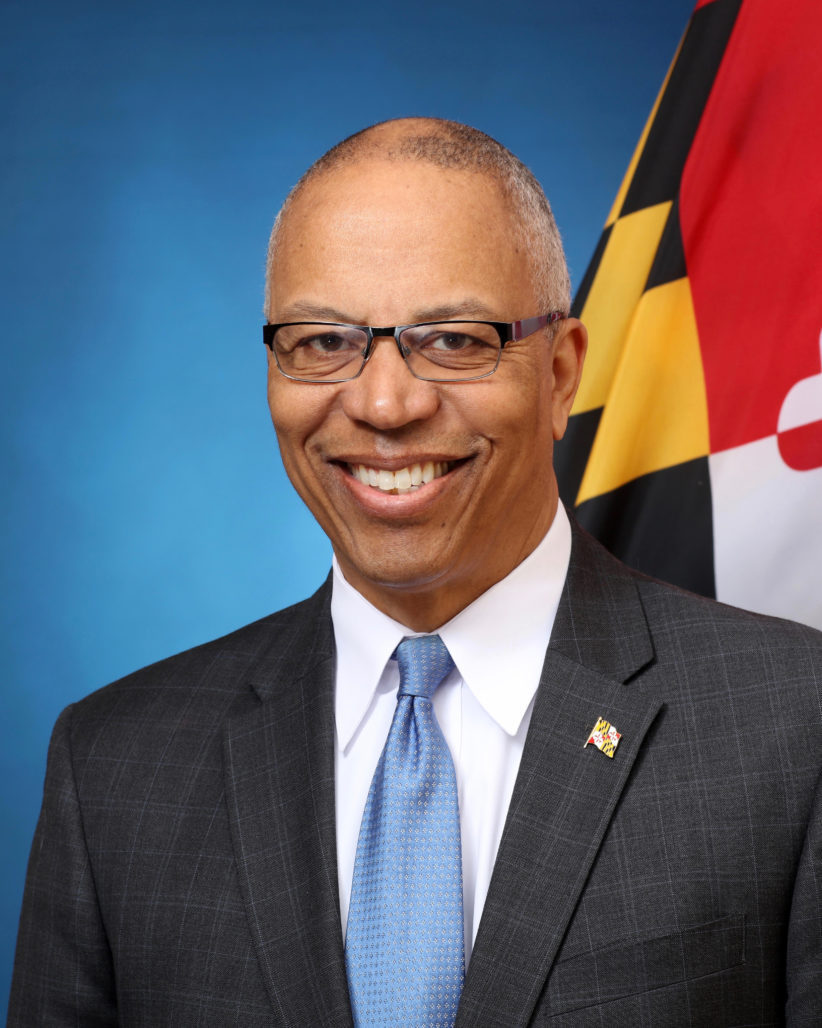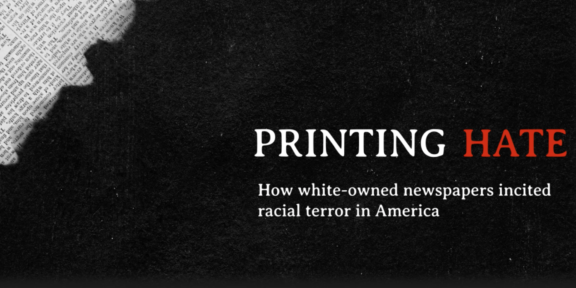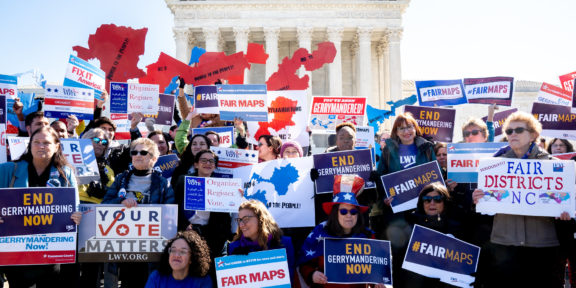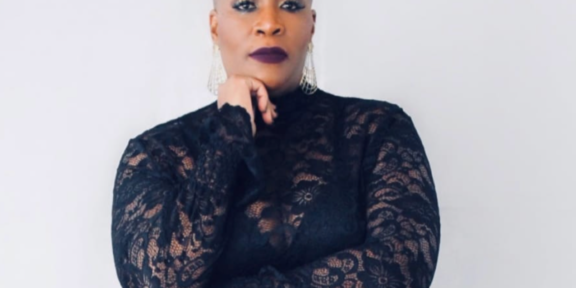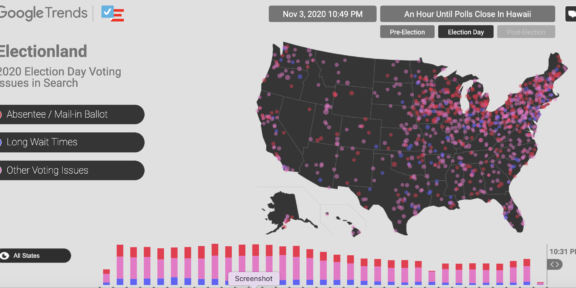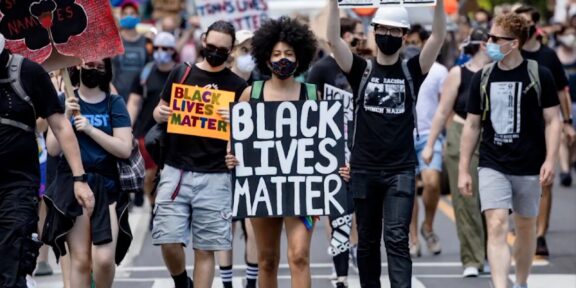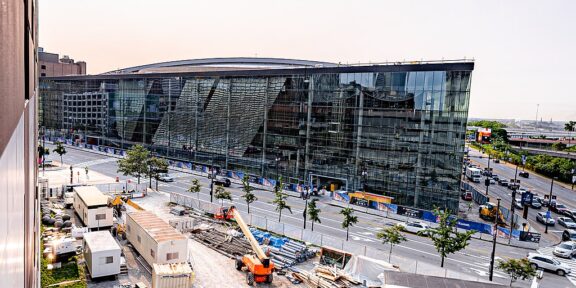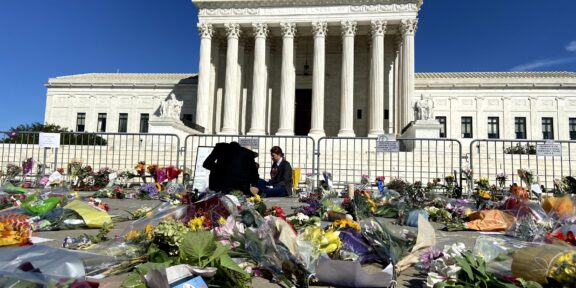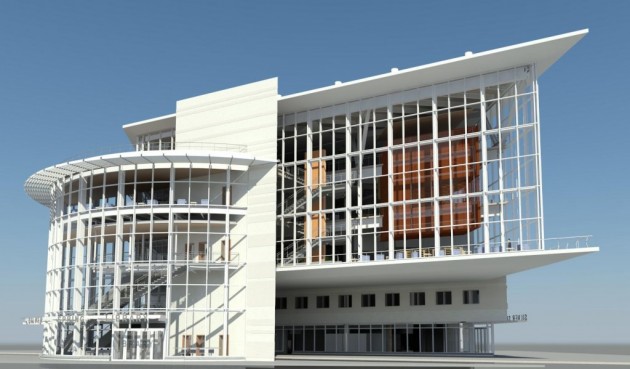By Tai Spears
Howard University News Service
Maryland Democrats have had two recent opportunities to elect the first black governor in a state where they outnumber Republicans 2 to 1, and where black voters are the backbone of the party. Each time, Larry Hogan blocked the way.
In 2014, Hogan defeated the black outgoing lieutenant governor in a contest marked by low voter turnout on the Democratic side. Four years later, a strong economy played to Hogan’s favor, he kept his political distance from President Trump, and soundly defeated that year’s Democratic nominee, a one-time civil rights leader of national note.
Maryland governors are limited to two terms, but come 2022, Hogan could exploit his statewide popularity with a run for the U.S. Senate—an election in which he could be the early favorite, according to a recent poll. Hogan has not said what he plans to do.
Black Democrats, meanwhile, have blamed party regulars for tepid support of the 2018 top-of-the-ticket nominee, and installed new state party leadership. They still yearn to capture the governor’s office, and the key, some political observers say, may lie in finding a more attractive standard bearer.
“Maryland Democrats’ ineffectiveness when it comes to electing a black governor has less to do with candidates’ skill sets,” Loyola University Maryland professor Rebecca Murphy said. “It has more to do,” she said, “with black voters’ lack of enthusiasm for the black candidates we’ve seen.”
Nearly one-third of Maryland’s population is black, and most is clustered in two urban areas: the city of Baltimore and its surrounding suburbs of Anne Arundel, Howard and Baltimore counties; and Montgomery, Prince George’s and Charles counties, the suburbs that cradle the District of Columbia from its northwestern shoulder to its southeastern foot.
Black Democrats have consistently won office at nearly every level of local government in the Baltimore and Prince George’s areas. In state governance, 44 of the 140 members of the General Assembly belong to the Maryland Legislative Black Caucus, and in May, Del. Adrienne A. Jones of Baltimore County became the first woman and first African American elected Speaker of the House of Delegates.
Prince George’s and Baltimore have sent black Democrats to Congress for decades, but the party has yet to put someone black in the U.S. Senate in Washington, or in the governor’s mansion in Annapolis.
One black Democrat and one black Republican already have served as lieutenant governor. Each got there as the running made of a winner who was white. The third black person to hold the post, Boyd K. Rutherford from Howard County, is serving his second term in office, elected in 2014 as Hogan’s partner on the GOP team.
Democrat Anthony G. Brown spent eight years as a member of the Prince George’s delegation in the House of Delegates—at times stepping away from legislative chores for active duty as a U.S. Army reservist in Iraq. He earned a Bronze Star.
Martin O’Malley chose him as a running mate in 2006, and for the next eight years Brown was second in command in Annapolis. He was a logical Democratic nominee for governor in the 2014 election, and won 47 percent of the vote in the general election. Hogan won 51 percent.
“For Brown, I think it was a missed opportunity, in terms of the way that he emphasized his candidacy and his background, along with a lot of frustration between Democrats and Republicans,” Michael Hamner, a government and political science professor at the University of Maryland, said in an interview.
“He didn’t do enough to promote his military service, he didn’t do enough to promote that he would have been the first African American governor in Maryland.”
Republican Michael Steele of Prince George’s was the state’s first black lieutenant governor, serving from 2004 to 2007. He was the GOP nominee for an open U.S. Senate seat in 2006 general election, but lost to Democrat Ben Cardin of Baltimore.
Most recently, former NAACP President Ben Jealous had never held elected office in Maryland, but won a tough primary to become the Democratic nominee in the 2018 governor’s race. Only about one in seven black voters had supported Hogan when he ran against Brown. Four years later, the proportion had risen to about one in three.
“Ben Jealous was a very different candidate [than Brown], but he ran against a very popular incumbent governor at a time that the economy was doing well,” said Hamner, the University of Maryland professor. “There wasn’t a great way to bring national politics into the race because Hogan had done a good job of distancing himself from Trump.”
Maryland was one of three states in which black Democrats were running well-watched campaigns in 2018 to be the first of their race to become governor. Andrew Gillum lost by less than one percentage point in Florida; Stacey Abrams fell less than two points short in Georgia. In Maryland, however, Jealous lost to Hogan by 11 points.
Hogan’s overall popularity with Maryland voters has dropped some from its record high, but still was higher than each of the three governors who preceded him, according to a Washington Post-University of Maryland poll released in mid-October.
The poll found support for Hogan from “8 in 10 registered Republicans, about 7 in 10 independents and 6 in 10 Democrats.” In a hypothetical match-up against incumbent Democrat Chris Van Hollen, whose seat is up in 2022, “Maryland adults back Hogan over Van Hollen, 51 percent to 41 percent,” The Post reported. “Among registered voters, Hogan tops Van Hollen by an eight-point margin.”

